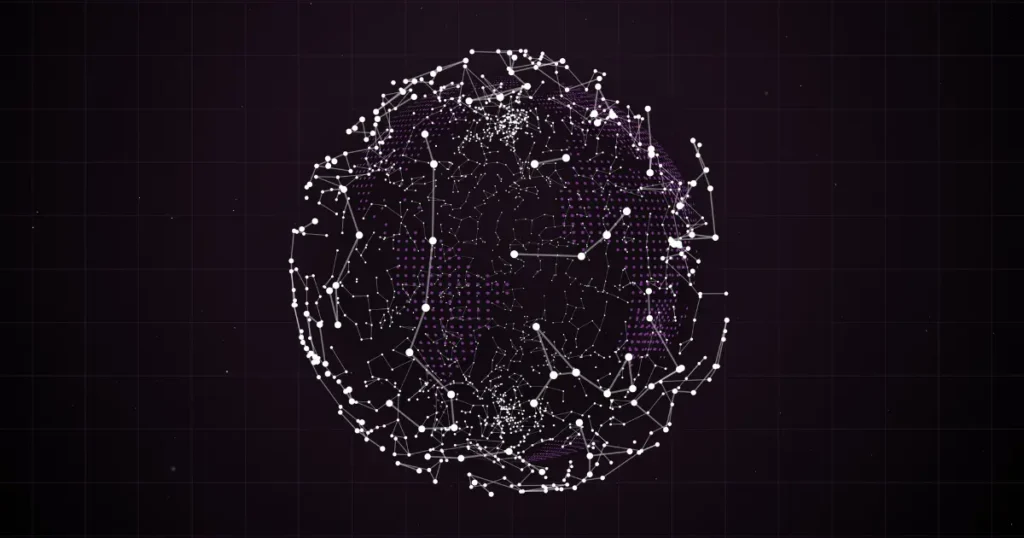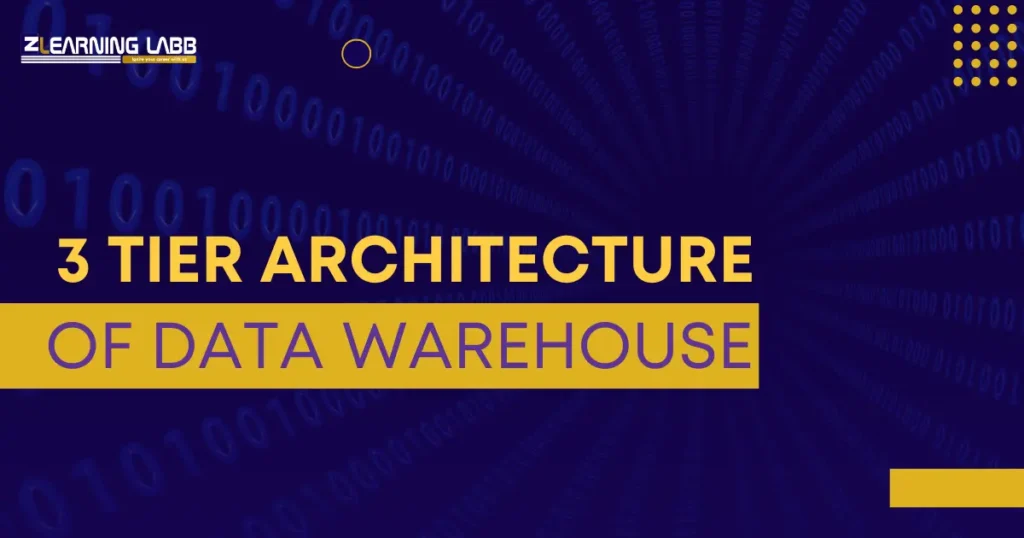3 Tier Architecture Of Data Warehouse: With the increasing amount of data generated daily, businesses need a structured way to store, process, and analyze data for decision-making. This is where data warehouses come into play.
A data warehouse is a large system designed to store, integrate, and retrieve data efficiently for business intelligence and analytics. But how is all this data managed? The answer lies in the three-tier data warehouse architecture, a well-organized framework that ensures:
- Efficient data storage
- Faster data retrieval
- Enhanced data processing capabilities
This blog will explain:
- What is 3-tier architecture?
- Different layers of a data warehouse
- How bottom, middle, and top-tier data warehouse architecture works
- Advantages of using a 3-tier architecture
- How learning data science can help you master data warehousing
Let’s get started!

What is 3 Tier Architecture?
A 3-tier data warehouse architecture is a structured framework used to organize and manage data efficiently. It divides the data processing workflow into three distinct layers:
- Bottom-Tier: Data Storage Layer
- Middle-Tier: Processing & Transformation Layer
- Top-Tier: Presentation & Visualization Layer
Each tier has a specific role in handling data, making the entire system more scalable, efficient, and user-friendly.
All About the 3 Tier Data Warehouse Architecture
1. Bottom-Tier Data Warehouse Architecture (Data Storage Layer)
The bottom-tier is the foundation of the data warehouse in a 3 tier architecture of data warehouse. This is where raw data is stored before processing. The data can come from various sources, including:
- Operational databases (ERP, CRM, HRMS, etc.)
- Flat files (CSV, XML, JSON, Excel, etc.)
- External sources (Web APIs, IoT devices, etc.)
Key Functions of Bottom-Tier Architecture:
- Extracts raw data from multiple sources.
- Stores data efficiently in databases like Oracle, SQL Server, MySQL, etc.
- Uses ETL (Extract, Transform, Load) tools to clean and integrate data.
- Ensures data consistency and accuracy.
Example of Bottom-Tier Data Storage:
Imagine an e-commerce company that collects data from:
- Customer orders from the website
- Payment transactions from online banking
- Shipping details from courier services
All this data is stored in the bottom tier before processing.
Did You Know? According to a report by IBM, 90% of the world’s data was generated in just the last two years!
2. Middle-Tier Data Warehouse Architecture (Processing Layer)
The middle-tier is where data processing and transformation happen. This layer acts as a bridge between raw data storage and data visualization tools.
Key Functions of Middle-Tier Architecture:
- Processes raw data into structured information.
- Uses OLAP (Online Analytical Processing) servers for quick data retrieval.
- Creates data cubes and multidimensional models for business intelligence.
Example of Middle-Tier Data Processing:
A banking system processes customer transactions and generates reports on:
- Fraud detection
- Loan eligibility
- Customer spending patterns
Banks use the middle tier to process millions of transactions daily, ensuring real-time fraud monitoring and risk assessment.

3. Top-Tier Data Warehouse Architecture (Presentation Layer)
The top-tier is where users interact with the data using reports, dashboards, and analytics tools. This layer is responsible for data visualization and business intelligence in the 3 tier architecture of data warehouse.
Key Functions of Top-Tier Architecture:
- Uses BI (Business Intelligence) tools like Power BI, Tableau, and QlikView.
- Provides interactive dashboards for users.
- Supports data mining, trend analysis, and predictive modeling.
Example of Top-Tier Data Visualization:
A retail company can use dashboards to analyze:
- Sales trends by region
- Best-selling products
- Customer behavior insights
According to Forbes, companies using data visualization tools process information 60% faster than those relying on traditional spreadsheets.
Why Use a 3 Tier Data Warehouse Architecture?
Using a 3 tier architecture of data warehouse architecture has multiple benefits:
1. Improved performance
By separating storage, processing, and presentation layers, data retrieval is faster and more efficient.
2. Scalability
This architecture allows businesses to handle large datasets without affecting performance.
3. Improved security
Sensitive data is restricted to specific layers, ensuring better security.
4. Efficient data processing
By using ETL and OLAP tools, data transformation is smoother and more accurate.
A well-structured data warehouse architecture improves decision-making efficiency by 40%. – Harvard Business Review
How Learning Data Science Can Help in Data Warehousing?
Data warehousing is a crucial part of data analytics and business intelligence. If you want to build a career in this field, learning data science can help you develop:
- Database management & SQL querying skills
- ETL and OLAP techniques
- Data visualization & reporting expertise
If you’re looking for a top data science course, check out Ze Learning Labb, which offers:
- Data Science Certification – Learn data warehousing, SQL, and analytics.
- Data Analytics Course – Master data processing and reporting.
Want to become a data expert? Enrol in Ze Learning Labb’s courses today! Continue reading about

On A Final Note…
The 3 tier architecture of a data warehouse plays a vital role in storing, processing, and analyzing large volumes of data efficiently. Whether you’re a data analyst, business intelligence professional, or IT expert, understanding the three-tier data warehouse architecture can help you enhance your career prospects.
By investing in a data science course, you can gain hands-on experience with database management, OLAP tools, and BI software—making you a valuable asset in today’s data-driven world.
Looking to build a career in data analytics? Check out Ze Learning Labb’s industry-focused courses today!





